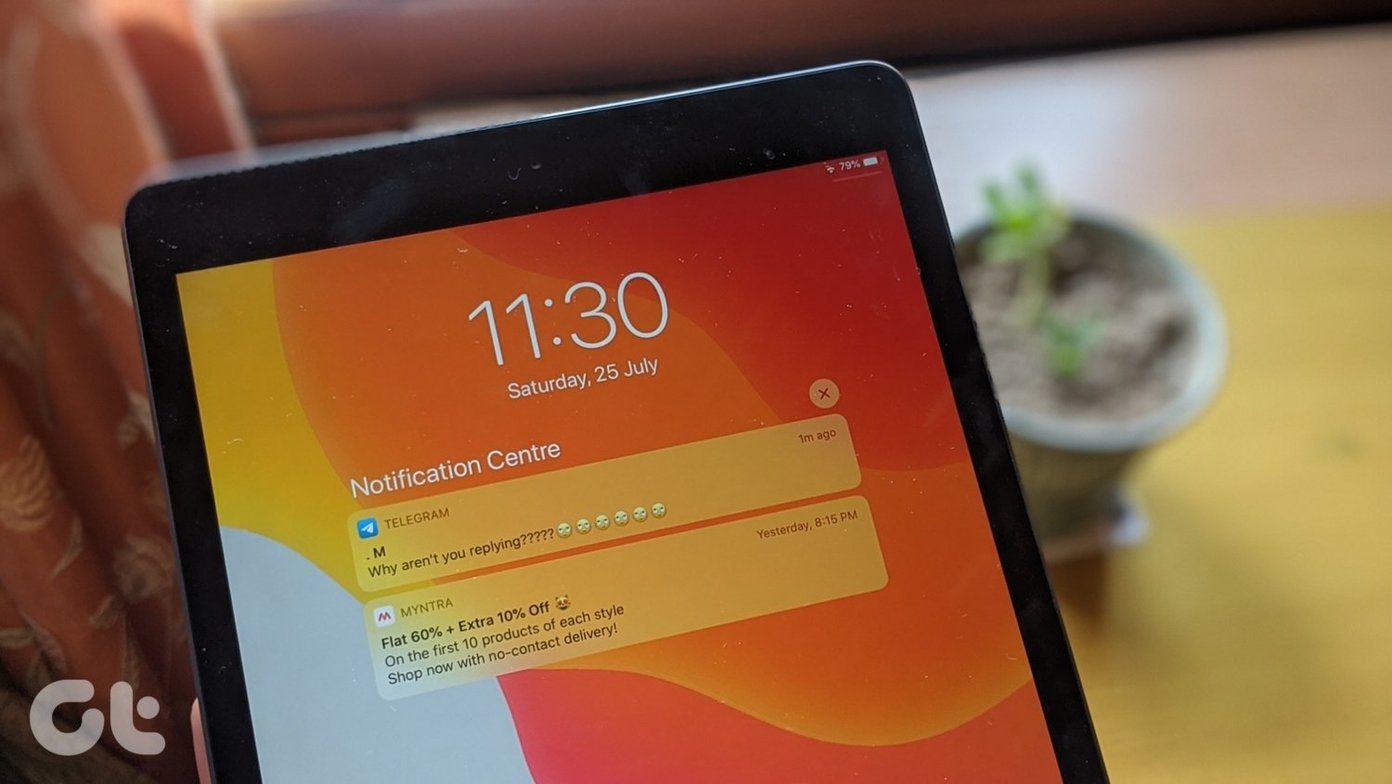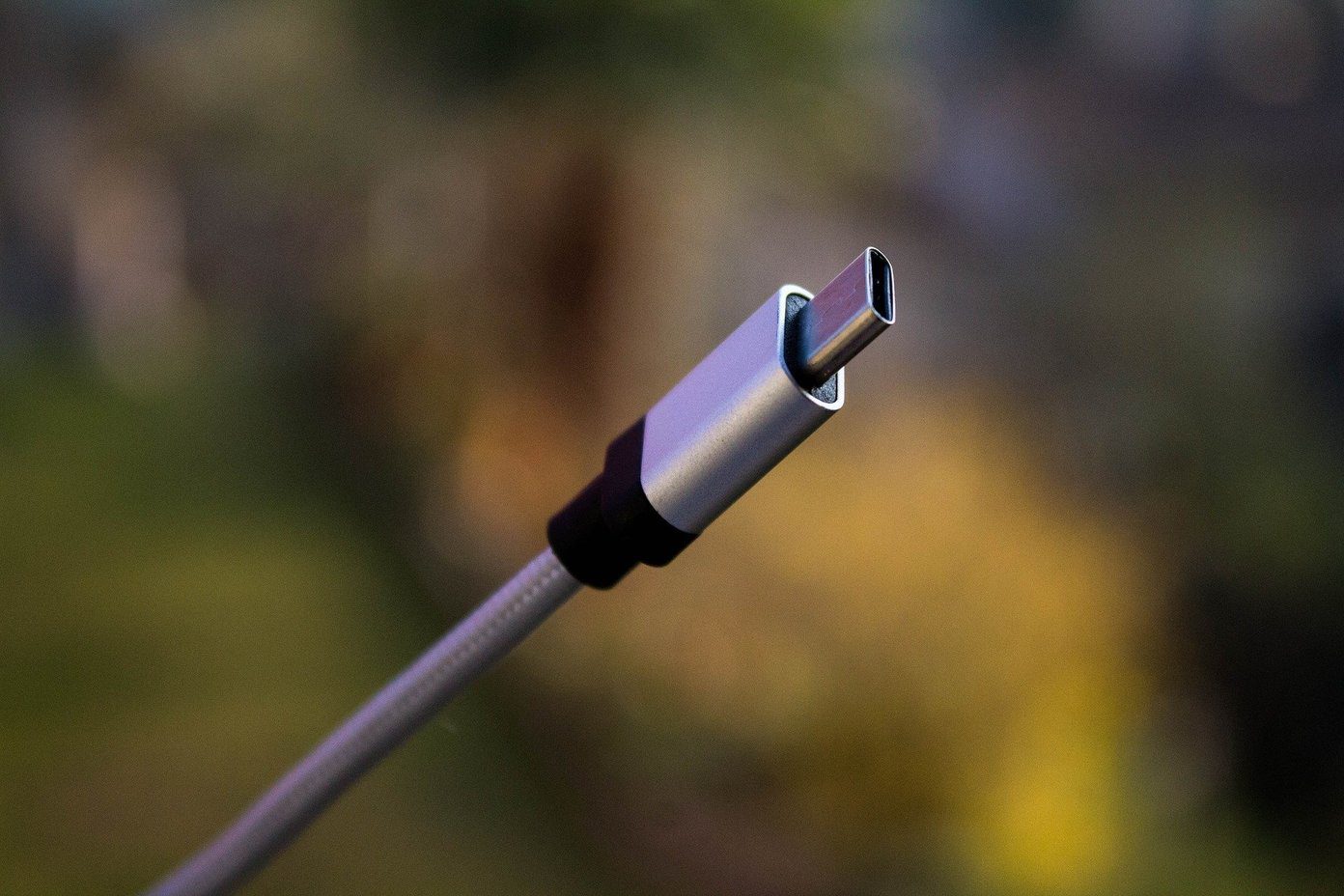But this is Android we’re talking about, where there are more than 5300 different ways to skin a cat. And when it comes to managing your wireless connections you have just about the same number of options. You’ve got notifications toggles, automatic Tasker actions and widgets to name a few. While Tasker is the ultimate tool for automating everything on Android, it doesn’t have a low barrier of entry. Also, it’s a paid app. If you’re looking for a free, easy to use, no nonsense way to manage your connectivity settings on your phone to get more battery life, you’re in luck. I’ve got three such apps to tell you about.
1. Wifi Scheduler
Wifi Scheduler aims to automate the process of killing and starting Wi-Fi reception as and when necessary. It uses cell radio signals from your SIM to track your location and establish if you’re away from home, unlike other apps that use GPS for this which ultimately ends up eating more battery. It does all of this automatically and learns from your patterns in a day or two. How this app actually helps you is by telling the Wi-Fi to stop looking for connections when there clearly aren’t any protected networks that you can connect to. For instance, when you’re walking along a fairly modern street with your Wi-Fi on, the phone will constantly keep looking for Wi-Fi signals coming from stores around you and will notify you of the available networks. As it’s not authorized to connect with any one of those, this whole practice is futile and takes a big chunk of your battery life. This is the part that Wifi Scheduler stops from happening using intelligence and cell radios. You don’t really need to understand how it works to be able to take advantage of it. Just turn it on and go about with your life and connections with secured networks will work just as they always did. The app will take 2-3 days to know all your patterns so give it some time before you pass judgement. Some reviews on the Play Store are saying that the app is powerful enough to replace Tasker’s Wi-Fi recipes.
2. Commandr For Google Now
Want to dictate your own terms of Wi-Fi use? Literally? Try Commandr. It’s an app that connects to Google Now and lets you toggle Wi-Fi, Bluetooth, GPS etc by using your voice. Once it’s set up, just say “Note to self” (which is the command that the app listens to) and add operators like “Turn off Wi-Fi” and the app will do that. Just make sure you say the exact command. From the settings you can change it to something else if you want.
3. AutomateIt
AutomateIt is a free, more user friendly version of Tasker. You can use this app to set specific rules for connectivity. For example, when you get home and connect to your Wi-Fi, you can have the phone automatically turn off mobile data, GPS and Bluetooth because now that you’re home, you don’t need them. And AutomateIt provides you the flexibility to specify your home’s Wi-Fi network so this happens only when you get home, not when you connect to a cafe’s Wi-Fi. To do this tap add rule from My Rules section on the homepage. From the Trigger page select Wifi Network Connection State Trigger and then choose your home Wi-Fi connection’s name. At the bottom select Connected. Tap Next. From the Action section on top, scroll to the bottom of the page and you’ll see that the Composite action shows to be locked. Tap it and the app will ask you to register. Once done, this section will be unlocked. Composite actions allow us to do multiple things at a time. Now, select Composite action as trigger. You’ll see a + symbol to add sub actions. Tap on it and select Set Mobile Data Action and tap Disable Mobile Data from the option. Tap the + button again if you want to add more actions for GPS and Bluetooth. Press Next when done. Tap Save to save the rule and to activate it. There’s also a quiet time rule in AutomateIt where you can ask the app to turn off the ringer when you’re asleep and to turn it back on come morning. Top image via: Miguel Paulo Riano. The above article may contain affiliate links which help support Guiding Tech. However, it does not affect our editorial integrity. The content remains unbiased and authentic.





















